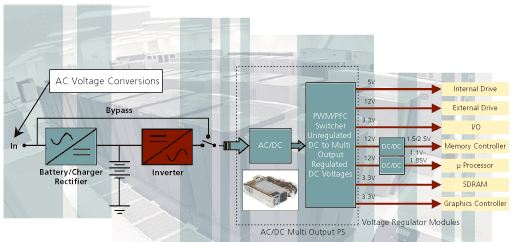One thing we are seeing more and more of today is confusion over what temperature and humidity parameters data centers should be designed for. Most of the discussion seems to assume that there is a monolithic block of data centers that can all be designed the same way. Nothing could be further from the truth.
Most of the data centers in existence today have a mixture of technologies and systems that all have varying environmental requirements. We typically refer to these as mixed use data centers. Unlike an E-Bay, Google, Microsoft or Apple data center, there is not rack after rack of the same equipment, all with similar operating requirements. That is a very small, but highly publicized part of the market. Everyone loves to write about the latest designs from Yahoo, Google, Apple, Etc, but they are not representative of the larger data center market as a whole.

The majority of data centers have multiple generations of technology, some type of spinning disc, some type of tape storage and maybe even some mainframe systems. These data centers can still be extremely energy efficient, but are not going to see the extremes of the ASHRAE design guidelines. They are the data centers that should probably stay with the ASHRAE recommended guidelines. Below is an example of the recommended versus allowable ASHRAE Guidelines. Please note that the recommended temperature guidelines didn’t change in 2011, only the allowable.
• Temperature
• 2004 – 20C to 25C - Recommended
• 2008 – 18C to 27C - Recommended
• 2011 – 5C to 40C - Allowable
• Humidity
• 2004 – 40 to 55% - Recommended
• 2008 – 35 to 60% - Recommended
• 2011 – 20 to 80% - Recommended
I know these data centers don’t get the publicity of the designs that push the envelope, but they are much more representative of the data center market as a whole. We certainly do our share of cutting edge designs, but the majority of our clients are looking for ways to add capacity and increase the efficiency of their “traditionally designed” data centers. This may include air and water side economizers and/or more efficient UPS systems and distribution. The designs vary significantly, but the one thing these data centers have in common is that they all have equipment requirements that would preclude some of the modern designs that have little to no temperature and humidity control.
Published on 30th January 2012 by Ron Hughes-Data Center Dynamics



















